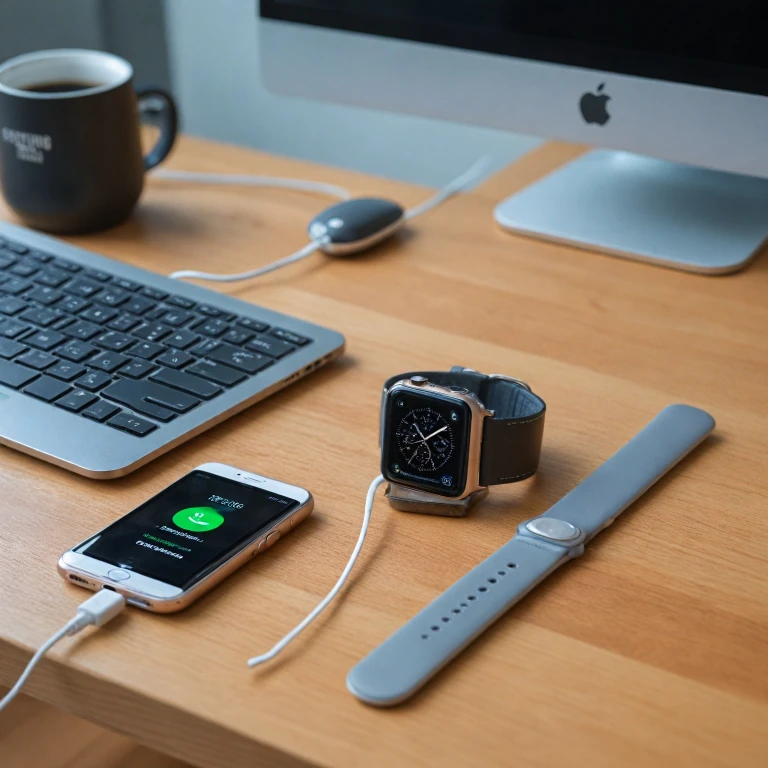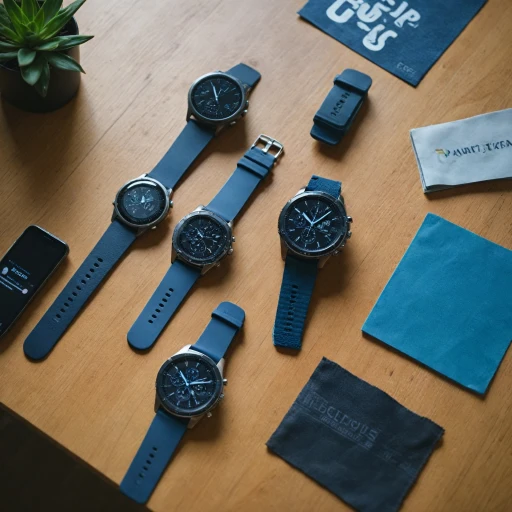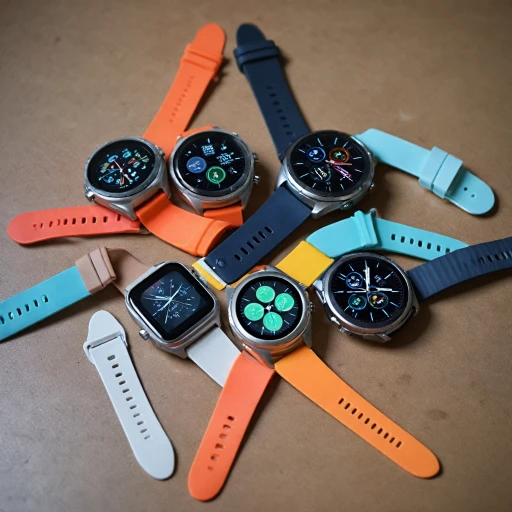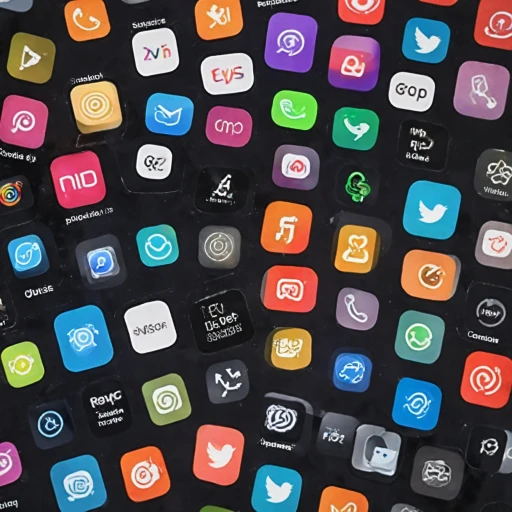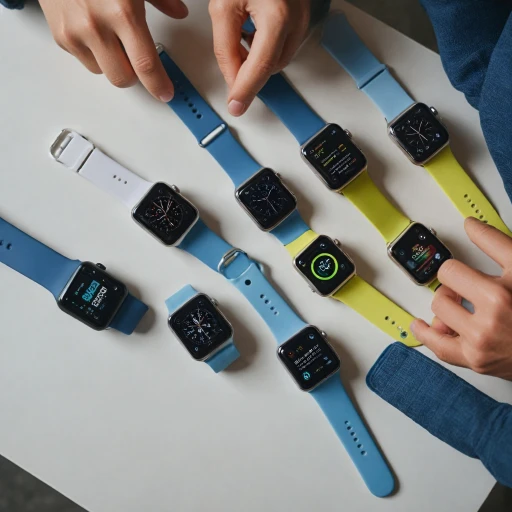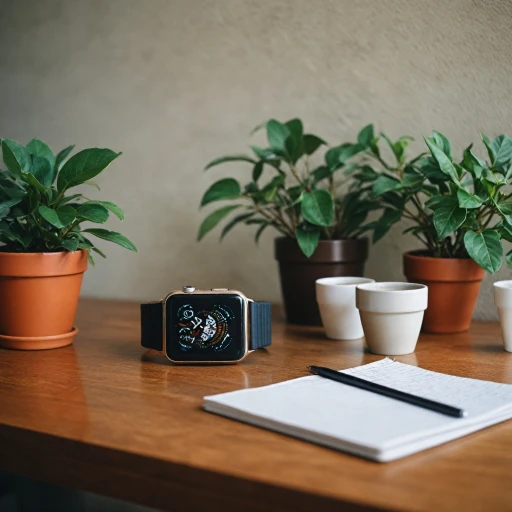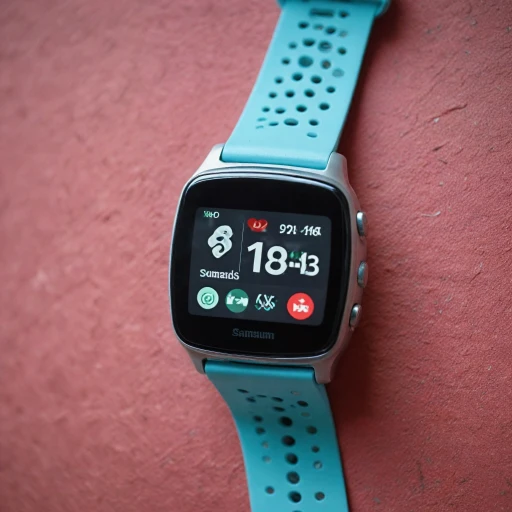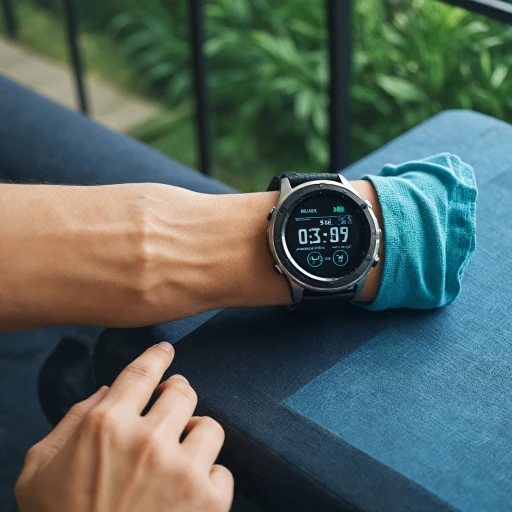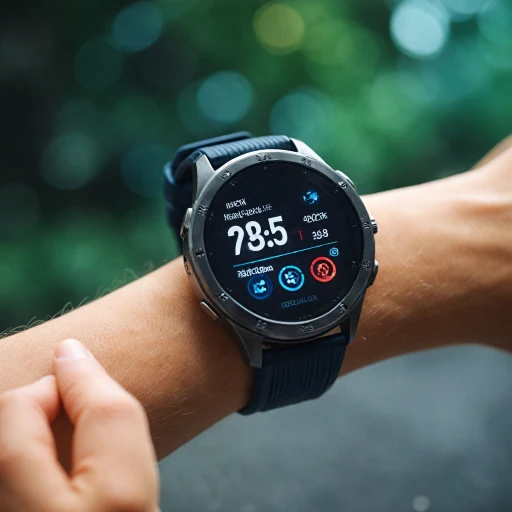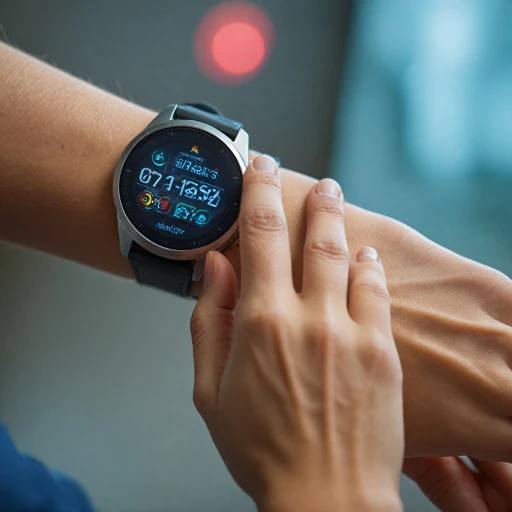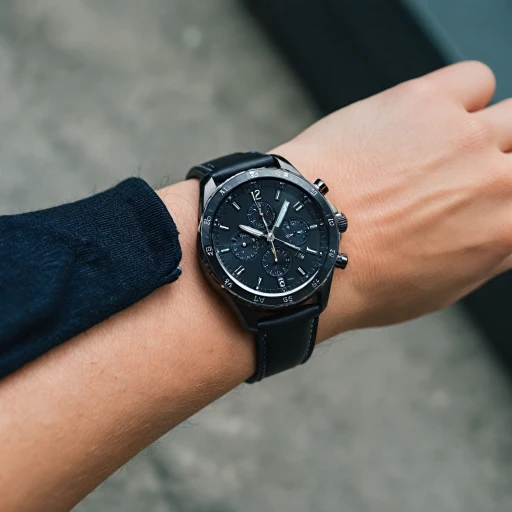
Understanding the Basics of Pairing
Getting Started with Pairing Basics
To embark on your journey with your Apple Watch, understanding the basics of pairing is crucial. Pairing is the process of connecting your Apple Watch to your iPhone, allowing the two devices to sync and share data efficiently. This connection enables features like notifications, calls, and app functionality, transforming your watch into an indispensable accessory. Whether you're setting up a new Apple Watch or reconnecting an existing one, the core principles of pairing remain fairly consistent:- Preparation: Before you dive into pairing, ensure that both your Apple Watch and iPhone are fully charged. A depleted battery could interrupt the setup. It's also wise to have stored backup options readily available if needed later.
- Proximity and Connectivity: Keep your iPhone and Apple Watch close together during pairing for a stable connection. Also, verify that Bluetooth is enabled on your phone, as this is key for the connection.
- Pairing Process: The pairing process involves utilizing the "Watch" app on your iPhone, where you'll be guided through steps to align your devices. During this setup, you may also set critical preferences and connect to your Apple account.
- Network Settings: For those concerned with network performance, it's recommended to connect your iPhone to a reliable Wi-Fi network to avoid interruptions.
- Apple-specific Features: Be prepared to configure specific Apple features such as activation lock and Apple Pay during setup, as these enhance security and functionality.
Step-by-Step Guide to Pair Your Apple Watch
Initiating the Pairing Process
To start the pairing process, first ensure that your Apple Watch is charged and turned on. You'll want to have your iPhone at the ready with enough battery life so the connection isn't interrupted midway. Begin by bringing your devices close together; proximity is key here.
Open the Watch App
On your paired iPhone, find and open the Watch app. This is the official app that facilitates the connection between your iPhone and Apple Watch. You might have to download this if it's not already on your phone, especially if you've reset it recently.
Setting Up Your Apple Watch
Upon launching the app, you should see a prompt on your phone displaying the animation that confirms it's detected your watch. If not, ensure your watch is active and within range of the iPhone. There will be a set-up screen on your phone, guiding you through visual cues to align it with the watch.
Pairing with Your Phone
Follow the instructions on your devices to complete the pairing process. This involves aligning your iPhone's screen with the Apple Watch's pattern. Be sure to fill in any necessary information such as language preferences and an Apple account connection.
Confirmation and Sync
After successfully connecting, your watch and phone will sync essential data. This includes settings, apps, and configurations from your existing device. If prompted, you can choose to restore backup information to seamlessly transition from your previous setup.
Activating Additional Features
Finish the pairing by setting up Apple Pay, download necessary apps, and pair any additional accessories you might have. Your Apple Watch is now ready for use, integrated fully with your iOS ecosystem.
Troubleshooting Common Pairing Issues
Simple Solutions for Pairing Glitches
Experiencing difficulties when trying to pair your Apple Watch with your iPhone can be frustrating. Fortunately, most pairing issues have straightforward solutions. Before delving into troubleshooting, ensure your devices meet these basic requirements:- Verify that your iPhone has the latest iOS version installed.
- Ensure that both Bluetooth and Wi-Fi are enabled on your phone.
- Check if the Apple Watch is powered on and in proximity to the iPhone.
- Open the Watch app on your iPhone.
- Go to My Watch > All Watches, tap the info button next to your watch, then select Unpair Apple Watch.
Exploring Customization Options
Customizing Your Apple Watch: Making It Uniquely Yours
Once you've mastered the basics of pairing your Apple Watch to your iPhone or another compatible device, it's time to delve into personalization. This aspect is not just about aesthetics; it contributes to optimizing the watch's functionality to better suit your daily routine and preferences.- Choose Your Watch Face: The watch face is the most visible aspect of your Apple Watch, making it a crucial element to customize. To change it, just tap and hold the screen, swipe, and select among the myriad of options that suit your style and needs.
- Complications and Widgets: Customize complications by accessing the Watch app on your iPhone. These customizable small widgets within the watch face display vital information such as weather updates, calendar events, and more at a glance.
- Notifications Preferences: In the settings, you can tweak which notifications you receive on your wrist. Control alerts for messages, calls, and other apps based on what’s essential to you, effectively using your device without unnecessary distractions.
- Alter Band and Case: Don't forget the physical traits of your Apple Watch. Explore the multitude of band styles and materials and give your watch a new look that complements your attire or occasion.
- App Layouts and Arrangement: The Apple Watch's screen might be small, but organizing app layouts for your convenience makes a difference. Arrange apps based on your usage frequency by tapping and holding any icon to rearrange them on the home screen.
Maximizing Battery Life
Optimization Techniques to Enhance Battery Performance
Owning an Apple Watch can be a remarkable experience, providing you with impressive features right at your wrist. However, to ensure you maximize its battery life, some strategic settings and usage patterns can make all the difference.- Adjust Screen Brightness: Dimming the brightness of your Apple Watch screen not only eases your eyes but also conserves power. Simply tap on the watch settings and slide the brightness bar to a lower level suitable for your needs.
- Use Power Saving Mode: When you're in a situation demanding extended battery life, consider activating the Power Saving Mode. This feature limits certain functionalities like the heart rate sensor, significantly extending your watch's endurance.
- Background App Refresh: It's essential to monitor the apps running in the background. By navigating to the “App Refresh” settings, you can limit the apps that continually refresh when you're not using them. This can tremendously aid in maintaining battery efficiency.
- Disable Unnecessary Notifications: While it's crucial to stay alert, receiving constant notifications can drain your device. Customize which apps can send alerts through the watch’s notification settings, thereby saving power and reducing distractions.
- Turn off GPS when Unnecessary: Using GPS can be one of the most power-consuming features of your Apple Watch. Turn it off when not needed, especially during non-active periods.
Integrating Apple Watch with Other Devices
Connect your Apple Watch with iOS Devices
To maximize the potential of your Apple Watch, you can seamlessly connect it with your iPhone and other iOS devices. Start by ensuring your Apple Watch is paired with your iPhone, as this is essential for optimal integration. When both devices are paired, it becomes easier to sync notifications, apps, and other functionalities.- Using the Watch App: This app allows you to customize various settings on your Apple Watch, such as notifications, app arrangements, and more. On your paired iPhone, tap the Watch App icon to open it, then navigate through the options to tailor your watch experience.
- Integrate with Apple Pay: Your Apple Watch can serve as a convenient tool for transactions. Set up Apple Pay by accessing the Wallet & Apple Pay settings on your iPhone. Ensure that Activation Lock is engaged for security purposes.
- Configuring Settings for Seamless Functionality: Within the Settings app on your iPhone, you can adjust Bluetooth and Wi-Fi options to ensure your Apple Watch and iPhone remain connected without interruption.
